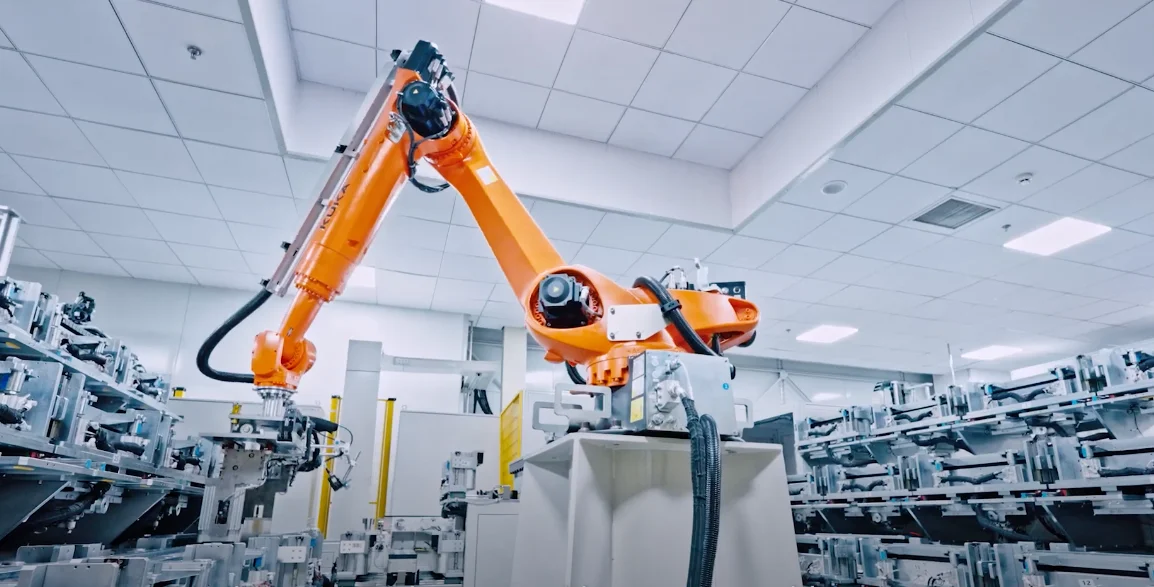As the demand for renewable energy continues to grow, battery energy storage solutions (BESS) have become essential for enhancing grid reliability and resilience. However, understanding the costs associated with these systems is crucial for stakeholders looking to invest in energy storage solution. This article examines the factors influencing the cost of battery energy storage systems and their implications for future energy projects.
Initial Costs of Battery Energy Storage Solutions
The initial costs of battery energy storage solutions can vary significantly based on several factors, including battery technology, system size, and installation complexity. Lithium-ion batteries, which are the most common choice for BESS, have seen a substantial decrease in costs over the past decade. However, the total cost of ownership includes not only the purchase price of the batteries but also installation, integration with existing systems, and necessary infrastructure upgrades.
Additionally, the scale of the project plays a critical role in determining overall costs. Larger installations can benefit from economies of scale, reducing the per-unit cost of energy storage solutions compared to smaller, distributed systems. It is essential for project developers to conduct a thorough cost analysis to ensure the chosen energy storage solution aligns with budget constraints and operational goals.
Long-Term Operational Costs
While initial costs are a significant consideration, the long-term operational costs of battery energy storage solutions are equally important. These costs encompass maintenance, replacement of components, and monitoring systems to ensure optimal performance. Battery lifespan also affects long-term expenses. Most lithium-ion batteries have a lifespan of 10-15 years, after which they may require replacement or recycling.
Moreover, operational costs can be influenced by the efficiency of the energy storage solutions. Systems that are well-integrated with renewable energy sources can optimize energy use and reduce overall costs. This efficiency can translate into more significant savings over time, making it essential for stakeholders to evaluate the total cost of ownership when considering battery energy storage systems.
Financial Incentives and Market Dynamics
The financial landscape surrounding battery energy storage solutions is continually evolving. Government incentives, tax credits, and subsidies can significantly offset the initial costs, making these energy storage solutions more accessible. Additionally, the growing demand for energy storage is leading to increased investment and competition within the market, which can drive prices down.
Market dynamics, such as energy prices and demand for renewable energy, also impact the financial viability of battery energy storage solutions. As energy prices fluctuate, the value of stored energy can change, affecting the return on investment for energy storage systems. Consequently, stakeholders must remain informed about market trends and potential regulatory changes that could influence the economics of energy storage solutions.
The cost of battery energy storage systems is multifaceted, encompassing initial investments, long-term operational expenses, and external market factors. Understanding these elements is vital for making informed decisions regarding energy storage solutions.
Strategic Insights for Energy Storage Investments
As the landscape of energy storage evolves, companies like REPT BATTERO offer comprehensive support for energy storage projects, providing strong system integration and customized solutions. With a focus on efficient operations and long-term stable returns, they play a crucial role in helping stakeholders navigate the complexities of battery energy storage solutions.
